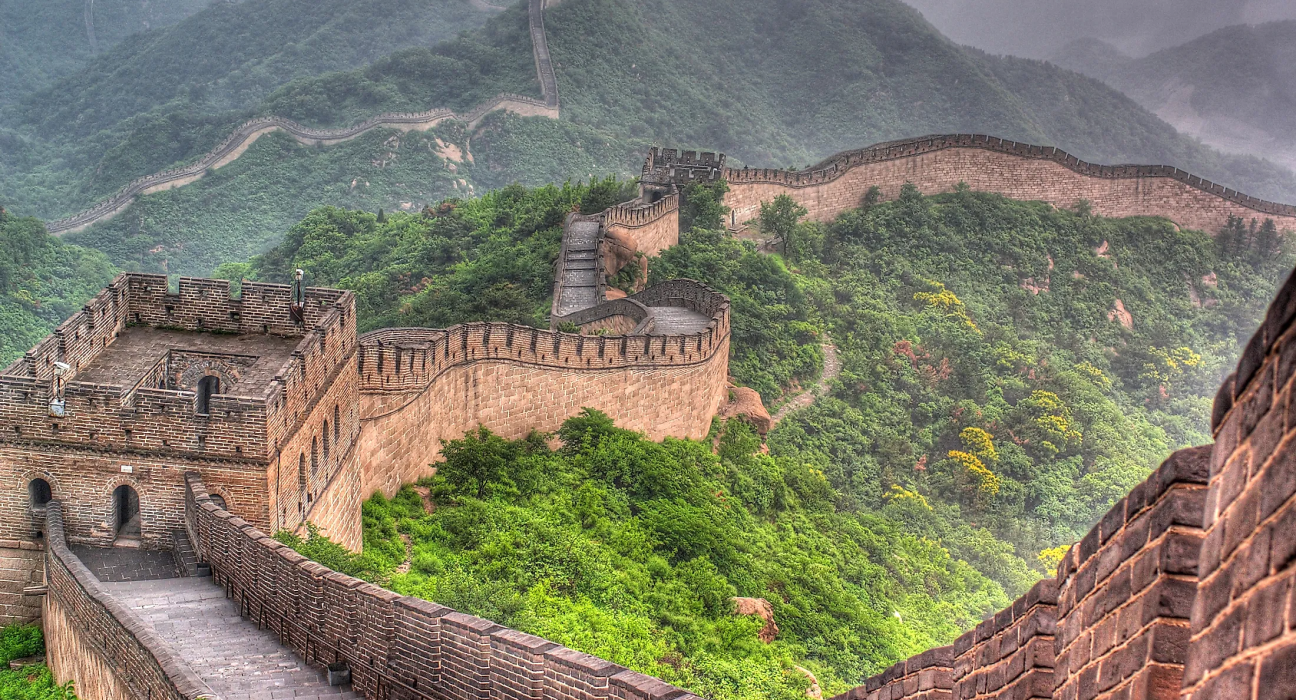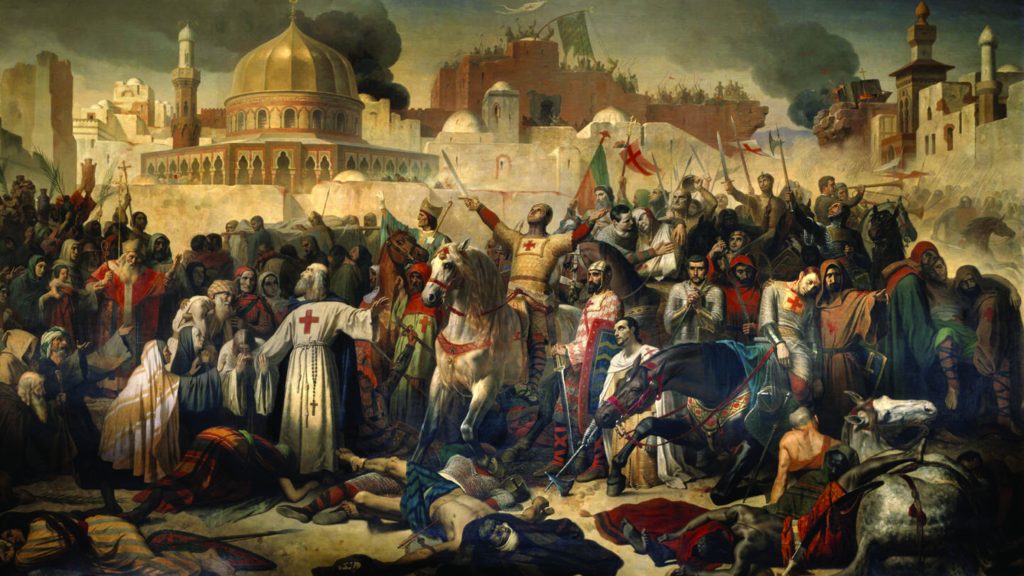The Great Wall of China

The Great Wall of China, one of the most iconic and enduring symbols of China, is a colossal series of fortifications built over many centuries. Its construction began as early as the 7th century BC and continued for over 2,000 years. The wall was built in multiple phases by different Chinese dynasties to protect against invasions and secure their northern borders.
The primary motivation for constructing the Great Wall was to defend against raids and invasions from nomadic tribes and various foreign powers, particularly the Mongols and Xiongnu. The wall served as both a physical barrier and a psychological deterrent, creating a sense of security for the Chinese people.
The most famous sections of the Great Wall were built during the reign of the first Emperor of China, Qin Shi Huang (around 221 BC). His dynasty, the Qin Dynasty, connected and expanded existing walls, creating a unified and formidable structure. The wall was made using various materials such as earth, wood, and stone, with watchtowers and fortifications strategically placed along its length.
The Great Wall’s historical significance extends beyond its military purpose. It facilitated cultural exchange along the Silk Road, linking China with the West. It also served as a conduit for economic activity and communication between the regions it traversed.
Over the centuries, the Great Wall underwent significant reconstruction, maintenance, and expansion. Various dynasties, including the Han, Ming, and Qing, made contributions to its development. The wall’s total length exceeds 13,000 miles (21,196 kilometers), making it one of the most extensive architectural achievements in human history.
In the modern era, the Great Wall of China has become a UNESCO World Heritage Site and a major tourist attraction. It symbolizes China’s rich history and enduring cultural heritage. Moreover, it underscores the ancient Chinese commitment to self-defense, unity, and the preservation of their civilization.
In summary, the Great Wall of China, constructed over many centuries by different dynasties, was built to protect China’s northern borders from invasions. Beyond its military purpose, it played a vital role in connecting cultures and facilitating trade. Today, it stands as a testament to China’s enduring history and is a symbol of its rich cultural heritage.










